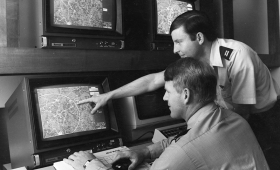In 1981, a select group of U.S. Army officers visited Lawrence Livermore National Laboratory to participate in a series of nuclear wargames unlike any conducted.
Science and Technology
in the News
Science and Technology
in the News
News Center
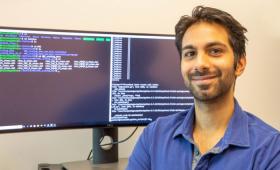
An international team of researchers has developed a new algorithm for solving polynomial systems of equations using a type of quantum computer called a “quantum annealer.”
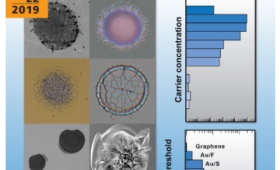
The lifetime laser damage performance of a wide range of transparent conductive materials is assessed, including ultrathin metal films, doped metal oxides, doped compound semiconductors, and graphene whose carrier densities span five orders of magnitude.
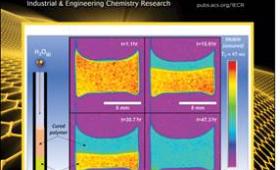
Livermore researchers investigated the curing of a commercially available moisture-reactive alkoxysilane silicone, RTV 734, a room-temperature vulcanizing (RTV) silicone commonly used as sealants, adhesives, coatings, and molds, using low-field nuclear magnetic resonance T2 relaxometry and magnetic resonance imaging.
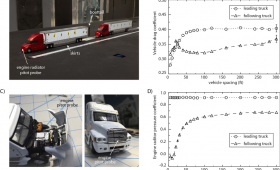
Since the late 1990s, LLNL has played a significant role in improving the fuel economy of class-8 heavy vehicles through enhanced aerodynamics.
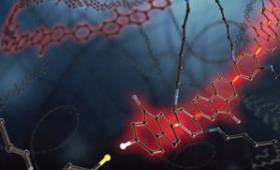
We report a concept that allows the integration of the characteristic properties of [60]fullerene in 3D graphene networks.
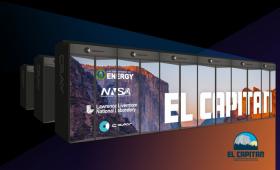
The Department of Energy, National Nuclear Security Administration, and the Laboratory announced the signing of contracts with Cray Inc. to build the NNSA’s first exascale supercomputer, “El Capitan.”
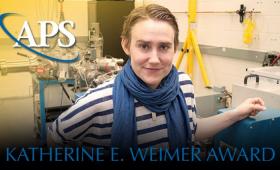
Nuclear physicist Maria Gatu Johnson was named winner of the American Physical Society's Katherine E. Weimer Award.
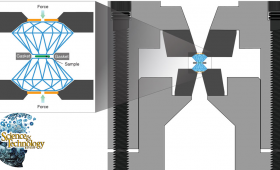
A new design for diamond anvil cells helps scientists examine materials of interest.
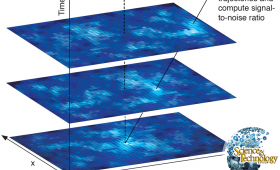
Scientists apply innovative data analysis and interpretation techniques to fundamental science research.


